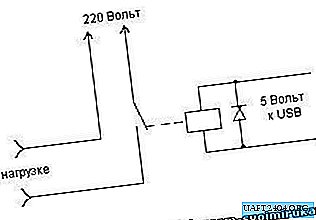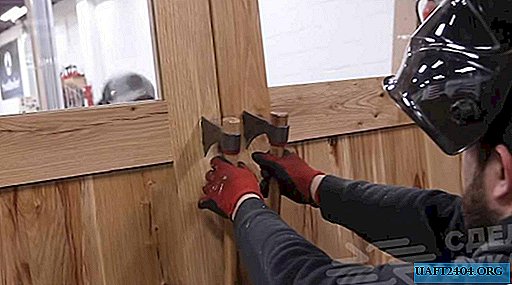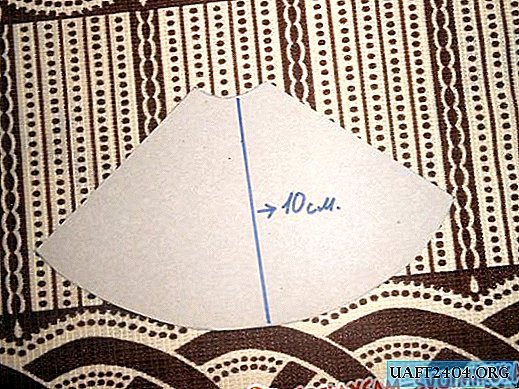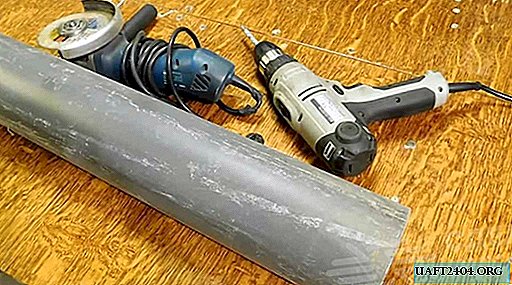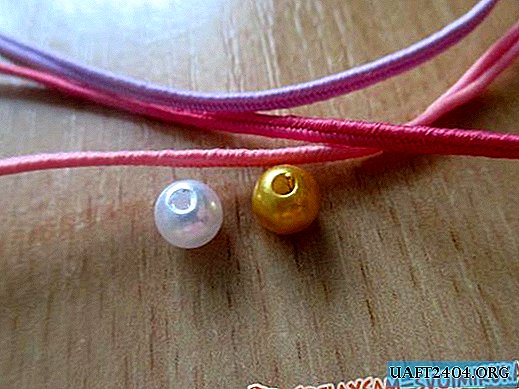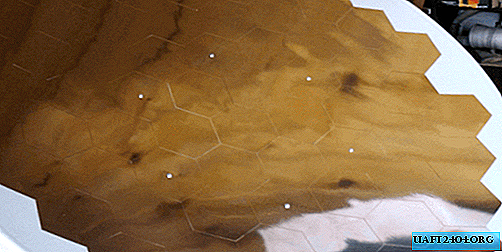Share
Pin
Tweet
Send
Share
Send
There are several ways to unscrew almost any bolt, regardless of the degree of rust and the condition of the faces. Using these methods, you can unscrew any bolts, even those whose head is torn out, and a piece of the bolt remains in the thread. We will talk about these methods today.
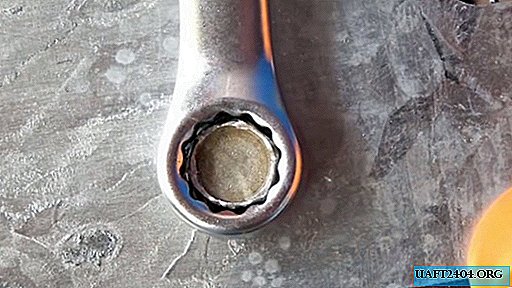
Will need
What may be needed in order to unscrew any bolt or nut:
- a set of keys of different design solutions;
- liquid key or wd-40;
- drill with drills;
- extractors
- impact screwdriver;
- wrench;
- electric welding machine;
With all this, you can unscrew almost everything!

Traditional ways:
- Ordinary keys. If your key rotates, try replacing it. Instead of wrenches, spanners can be used. Among the capes there are also options - a multifaceted key and a hex. You can also try tubular heads that can be used with handles with varying angles to crawl into an uncomfortable place. Depending on the quality of the key and the condition of the bolt, you can experiment to understand which key allows you to unscrew the problem nut or bolt.
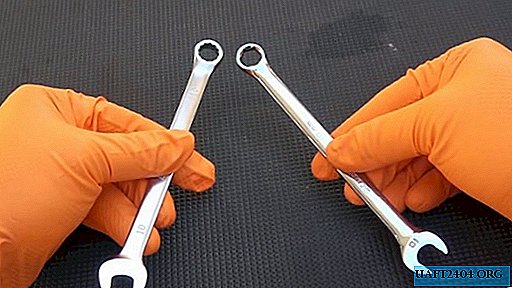

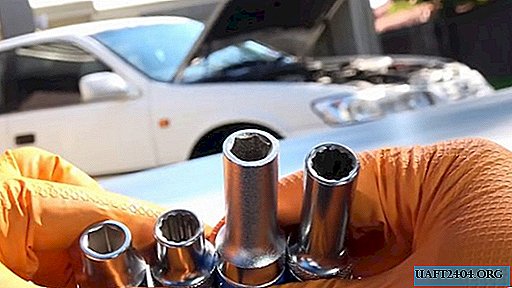
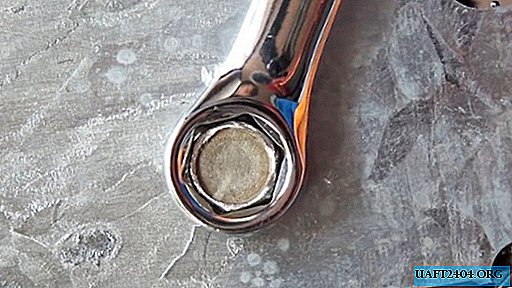
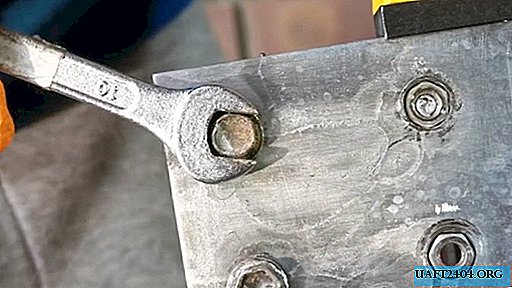
- Liquid key. In auto parts stores, this tool can be called differently, but more often than not, it is WD-40, popularly called the "Vede-shka" or "liquid key." After shaking the balloon and directing the spray nozzle onto the bolt, we wet it. You need to wait a few minutes, and then try to unscrew the bolt. This method is suitable for rusted bolts.
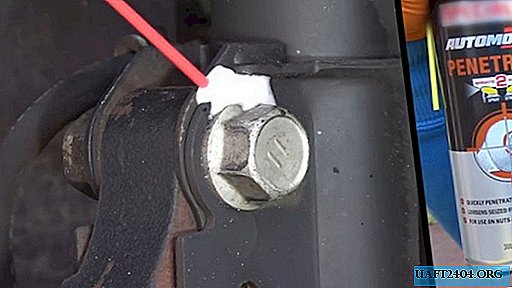
- Warming up. It is necessary to warm up a bolt or nut in those cases when it is so rusted that even a liquid wrench does not take it and the auxiliary lever does not help. You can warm up using a conventional gas burner.
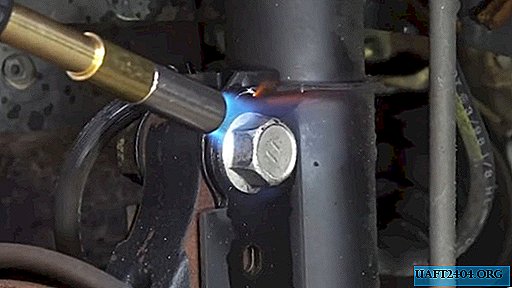
If traditional methods do not help, then it's time to get a special tool with which you can unscrew anything you want!
5 best ways to unscrew a bolt or nut!
1. Special extractor heads. The internal parts of these heads have helically twisted grooves, and the hole itself is conical in shape. In order to unscrew the bolt using such an tractor, you need to hammer the socket wrench on the bolt head and scroll! The taper allows you to clamp the head of the bolt, and the spiral grooves pick up the edges and unscrew the bolt. Then the bolt itself will have to be knocked out of the key.



They can also have a different shape.

2. In the second place are ring spanners with special curly grooves. The principle of operation of such a key coincides with the operation of the extractor heads.

3. In third place is the sliding key, which also easily unscrews the bolts and nuts. A distinctive feature of such a key is the large clamping force due to the lever rule, as well as in a wide range of sizes, since the key is sliding.


4. Impact methods. Here you can apply the classic set of a hammer and a chisel and special screwdrivers with a solid shaft adapted for impact.

First, a groove is beaten out with a chisel or screwdriver, and then a bolt is unscrewed by striking this recess. The method can be simplified by using a special percussion instrument. When hitting the back of such a jack-off screwdriver, its head rotates on the bolt. You can also use a wrench to simplify the work, and you can also weld a nut to the damaged head of the bolt, if there is open access to the repaired assembly.


An impact driver also proved to be no worse.


5. The fifth method is useful for unscrewing the remaining bolts remaining in the thread after the bolt head is completely torn out. For these purposes, extractors driven into the hole are sold. It is enough to drill a small hole into which the extractor is clogged.

You can also use the left-handed drill.

Now it’s enough to take any key to unscrew the extractor with it with the rest of the bolt.
If the bolt is not broken, and its head is almost completely destroyed, then, if available, welding can be applied by welding the nut on top.


Output
Using these methods, you can unscrew almost any bolt, its chip or nut, which seems to be impossible to unscrew! But when working with any of these tools, you need to follow safety rules while working in mittens, glasses and workwear.
Share
Pin
Tweet
Send
Share
Send











